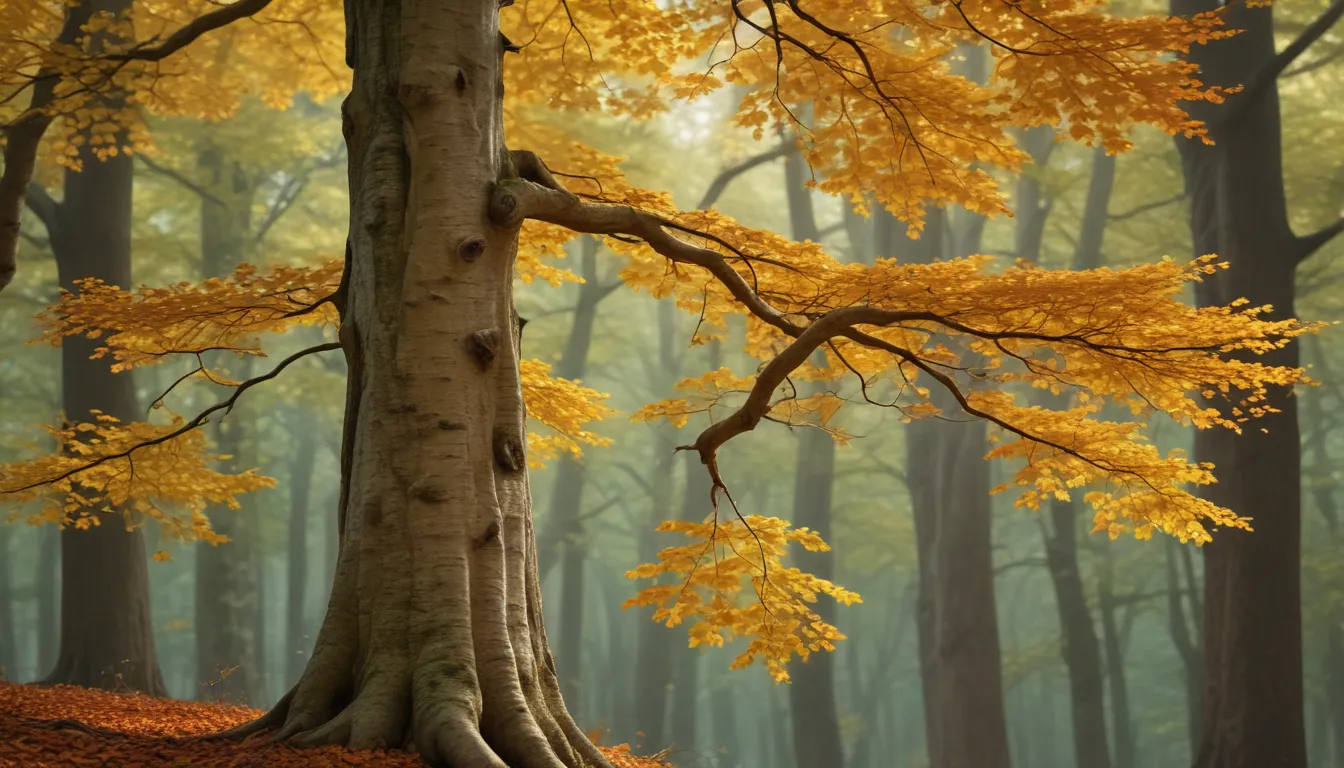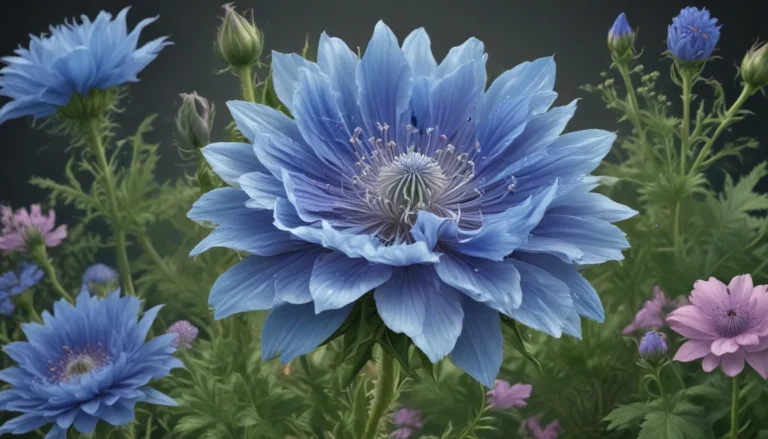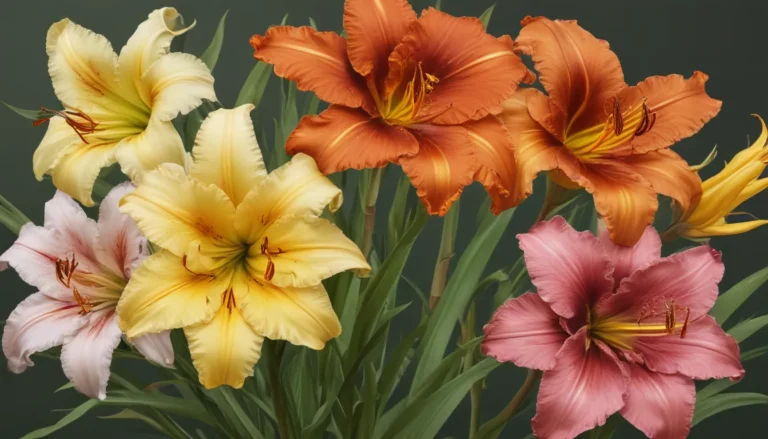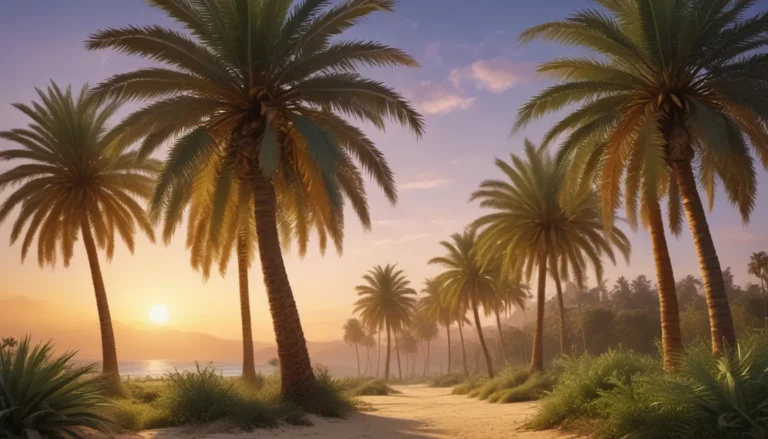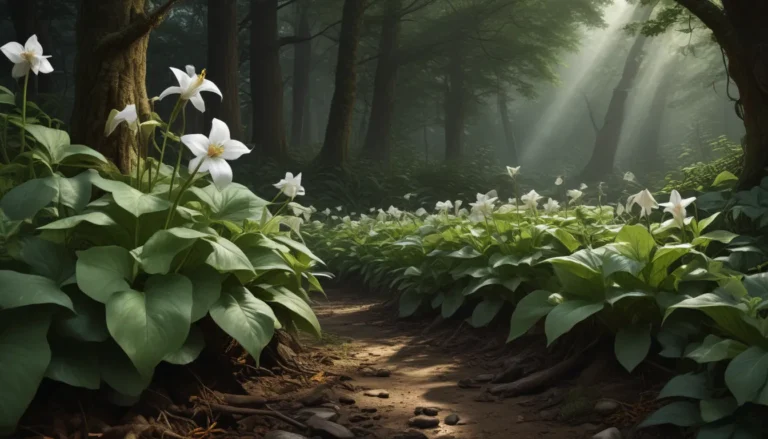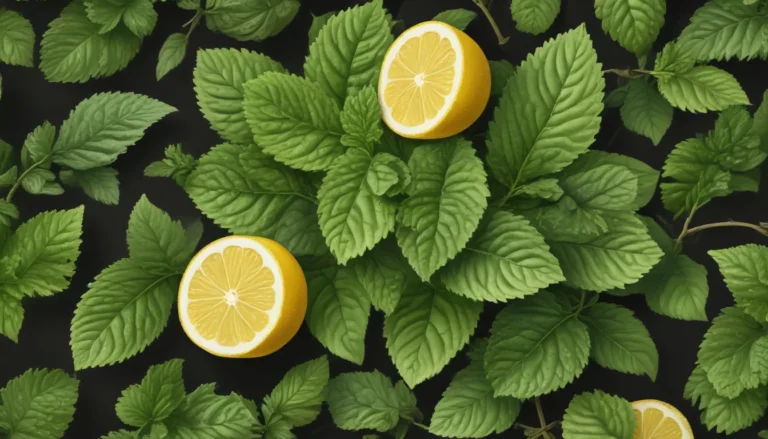The pictures we use in our articles might not show exactly what the words say. We choose these pictures to make you interested in reading more. The pictures work together with the words but don’t take their place. The words still tell you the important facts.
Welcome to the intriguing world of Fagus, also known as beech trees! These captivating plants have long been cherished by nature enthusiasts for their unique characteristics, historical significance, and ecological importance. In this article, we will delve into 19 fascinating facts about Fagus, shedding light on their rich history, diverse species, and vital role in forest ecosystems. Whether you have a passion for botany, a love for nature, or simply a curiosity about the natural world, these facts are sure to pique your interest and deepen your appreciation for these remarkable trees.
Unveiling the Diversity of Fagus Trees
The Fagus genus encompasses over 10 different species of deciduous trees, each with its own distinct features and characteristics. Commonly known as beech trees, these plants belong to the Fagaceae family and are native to temperate regions of the Northern Hemisphere. Among the well-known species are Fagus sylvatica and Fagus grandifolia, showcasing the vast diversity present within the Fagus genus.
The Allure of Beech Trees’ Bark and Longevity
One striking feature of Fagus trees is their distinctive smooth grey bark, often likened to the texture of human skin. This unique characteristic sets them apart from many other tree species, adding to their aesthetic appeal. Despite their elegance, beech trees are also known for their impressive longevity, with some specimens living for over 300 years. The oldest known beech tree, residing in England, is estimated to be a remarkable 500 years old, standing as a testament to their enduring nature.
From Furniture Making to Forest Ecosystems: The Versatile Uses of Beech Trees
The dense and durable wood of Fagus trees is highly prized in the furniture industry for its attractive grain patterns and light color variations. Additionally, beech trees provide a crucial food source for wildlife through the production of triangular nuts known as beech mast. Their golden bronze leaves in autumn create a stunning spectacle in the forest, while their shallow root systems enable them to intertwine with other trees, contributing to the stability of forest ecosystems.
Ecological Significance and Unique Reproductive Strategies
Fagus trees play a vital role in forest ecosystems, providing habitat, food, and shelter for a diverse array of plant and animal species. Their unique reproductive strategy, relying on wind pollination to reproduce, results in the formation of beech nuts that serve as essential sustenance for various wildlife. Moreover, beech trees form symbiotic relationships with mycorrhizal fungi, enhancing their ability to absorb nutrients and thrive in their environment.
Cultural Symbolism and Historical References
Throughout history, beech trees have held cultural significance and featured prominently in folklore, mythology, and literature. Symbolizing strength, longevity, knowledge, and beauty in many cultures, these majestic trees have left an indelible mark on society. Their rich history and enduring presence in various narratives reflect the deep-rooted connection between humans and the natural world, highlighting the importance of preserving our natural heritage.
The Importance of Beech Trees in the Environment
By contributing to the stability and diversity of forest ecosystems, Fagus trees play a crucial role in maintaining the balance of the natural environment. Their ability to provide habitat, food, and shelter for countless species underscores their significance in promoting biodiversity and ecological integrity. Additionally, beech trees help regulate water cycles, improve soil health, and filter pollutants, further emphasizing their essential contribution to environmental sustainability.
Conclusion: Embracing the Majesty of Fagus Trees
In conclusion, Fagus trees stand as magnificent symbols of nature's beauty and resilience. From their elegant bark to their vibrant foliage, these trees captivate our senses and inspire a sense of wonder and appreciation for the natural world. As we reflect on their diverse species, cultural symbolism, and ecological importance, we are reminded of the intricate web of life that surrounds us, urging us to cherish and protect our natural heritage.
Delve Deeper into the World of Botany
Embark on a journey of discovery and appreciation for the natural world by exploring the wonders of Fagus trees. Learn more about their unique ecosystem interactions, sustainable forestry practices, and cultural significance. Dive deeper into the fascinating realm of botany and unearth the hidden marvels that await in the plant kingdom. Let the beauty and complexity of Fagus trees inspire you to connect with nature and embrace the awe-inspiring diversity of the world around us.
Embracing the Intriguing World of Fagus Trees
Our commitment to delivering accurate and engaging content drives us to provide you with valuable insights and information about the wonders of Fagus trees. Each fact is contributed by individuals like you, ensuring a diverse and credible source of knowledge. Trust in our dedication to quality and authenticity as you embark on a journey of exploration and learning alongside us. Join us in celebrating the beauty and significance of Fagus trees as we unravel the mysteries of these remarkable plants.
